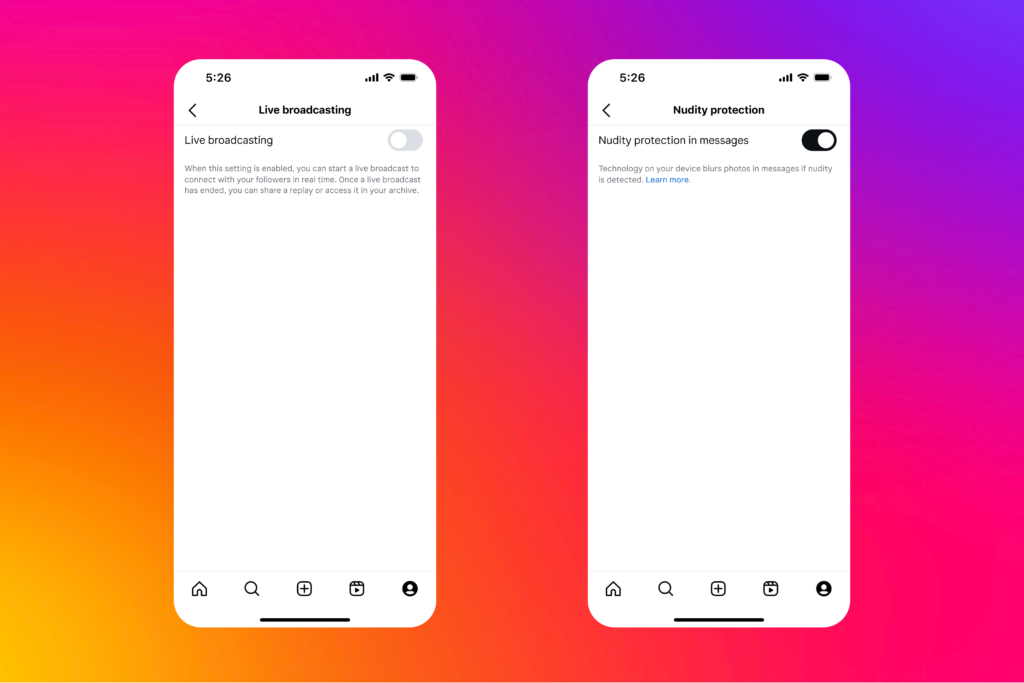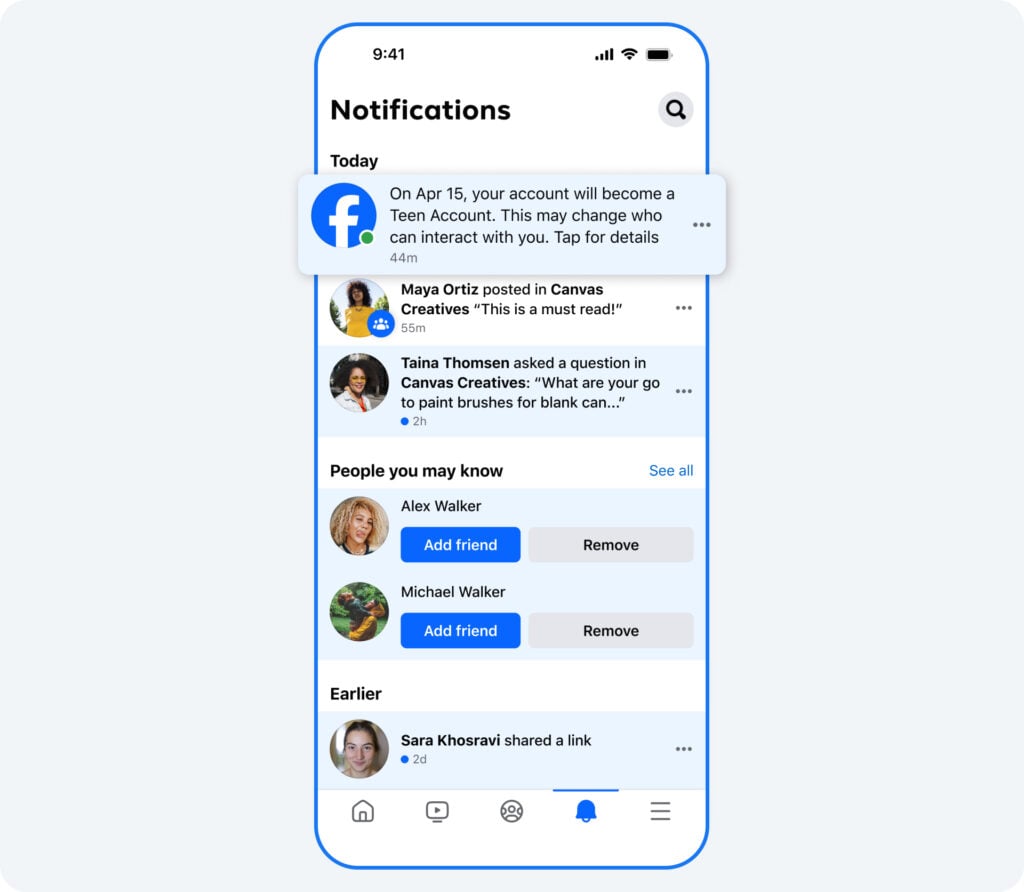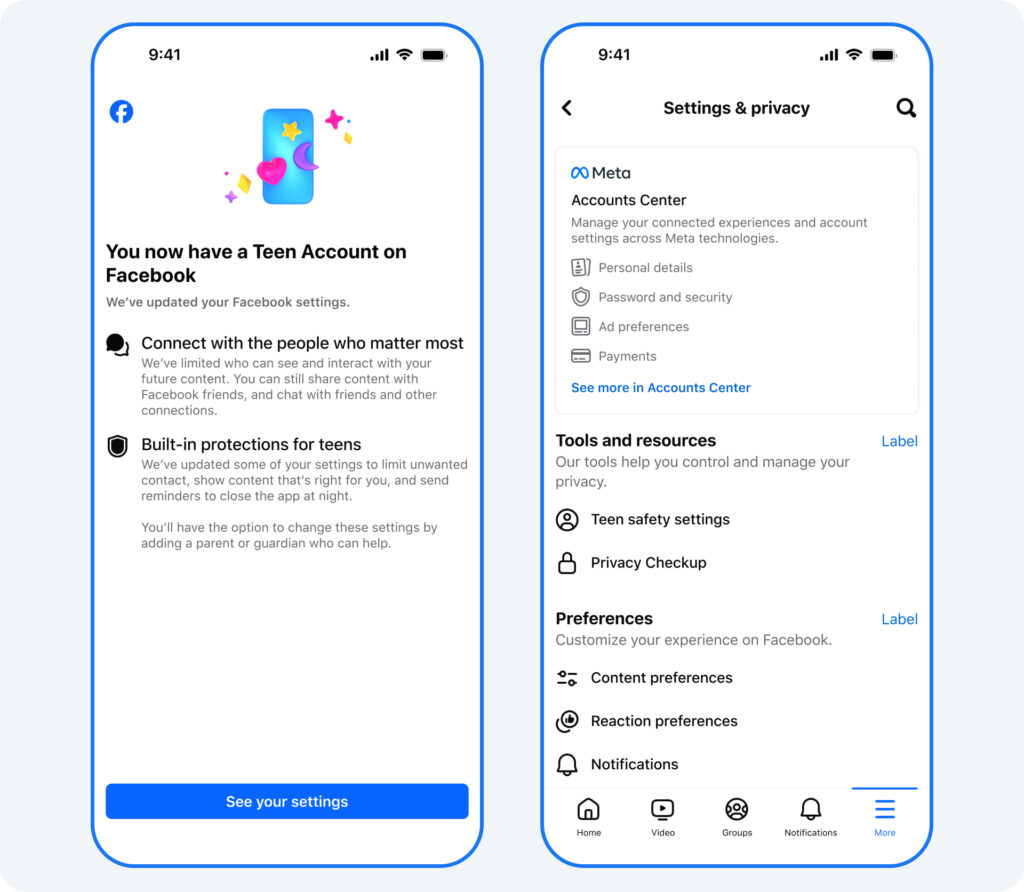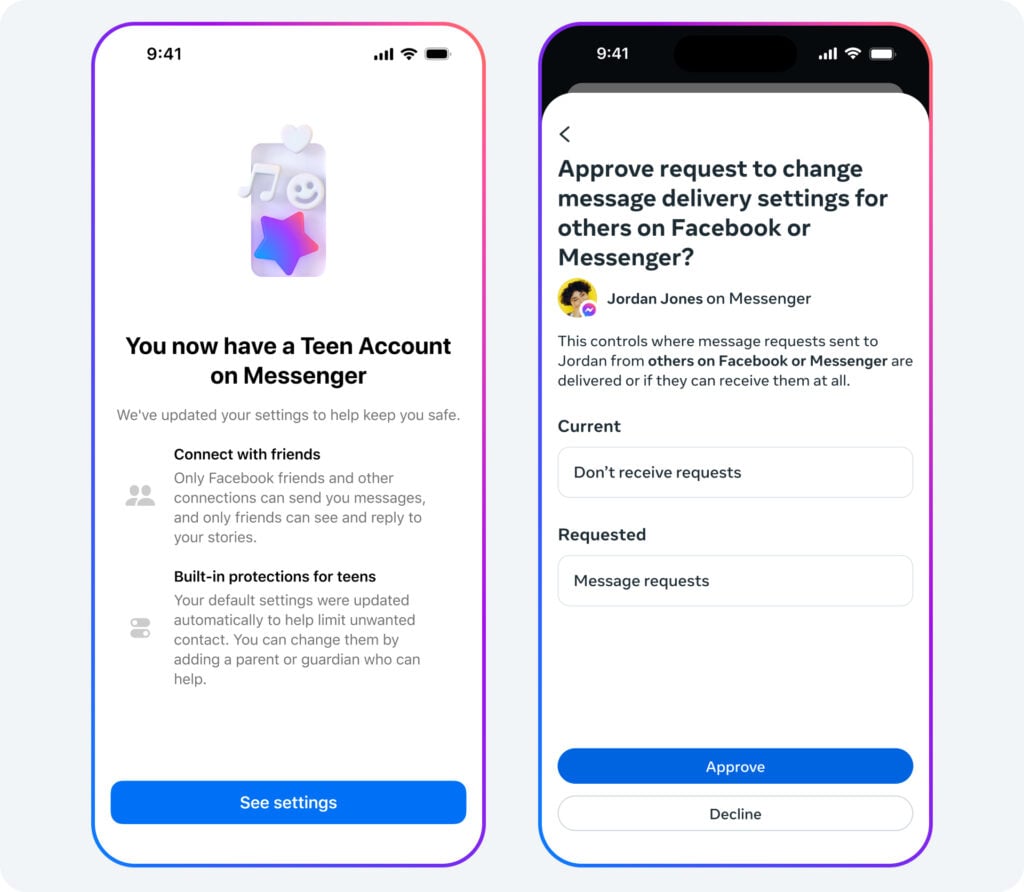Meta has introduced new built-in safeguards to its Teens Accounts on Instagram, to ensure an even safer, more age-appropriate experience for teens, and greater peace of mind for parents.
Over the next few weeks, the tech giant will be rolling out global updates to Teen Accounts on the photo sharing platform. Among the incoming innovations include teens under the age of 16 requiring permission from their parents to go Live and Live Stream.
In the past, the default setting was for teens to not be able to have that function but now 16 year olds can go live if they have permission from their parent.



The second safeguard to launch is a protective feature in the DMs which blurs images suspected of nudity. If an image is deemed inappropriate by the platform nudity, Meta will take a precautionary approach and the image will be blurred.
Meta is expanding its Teen Accounts protections to Facebook and Messenger, and will feature similar built-in protections, this includes restrictions on who can contact teens, content controls to limit exposure to sensitive or inappropriate material, screen time nudges and notification limits overnight
Meta first introduced Instagram Teen Accounts last year, to give teens a new experience on the platform as guided by parents.


How to approve changes to a teen’s settings
Teens under 16 will need their parent’s permission to use less protective settings. To get permission, teens will need to set up parental supervision on Instagram. If parents want more oversight over their older teen’s (16+) experiences, they simply have to turn on parental supervision. Then, they can approve any changes to these settings, irrespective of their teen’s age.
Once supervision is established, parents can approve and deny their teens’ requests to change settings or allow teens to manage their settings themselves. Soon, parents will also be able to change these settings directly to be more protective.
